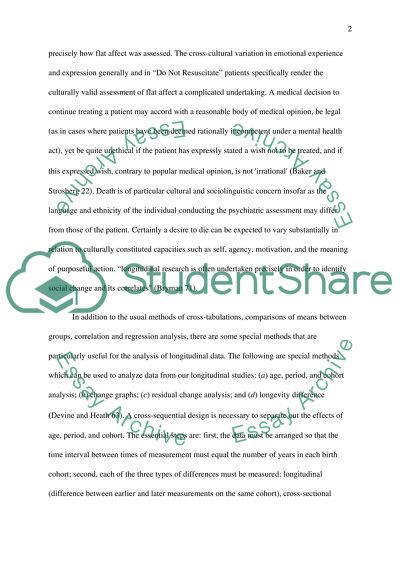Cite this document
(“Practice of Do Not Resuscitate, Pros and Cons Essay”, n.d.)
Practice of Do Not Resuscitate, Pros and Cons Essay. Retrieved from https://studentshare.org/miscellaneous/1520312-practice-of-do-not-resuscitate-pros-and-cons
Practice of Do Not Resuscitate, Pros and Cons Essay. Retrieved from https://studentshare.org/miscellaneous/1520312-practice-of-do-not-resuscitate-pros-and-cons
(Practice of Do Not Resuscitate, Pros and Cons Essay)
Practice of Do Not Resuscitate, Pros and Cons Essay. https://studentshare.org/miscellaneous/1520312-practice-of-do-not-resuscitate-pros-and-cons.
Practice of Do Not Resuscitate, Pros and Cons Essay. https://studentshare.org/miscellaneous/1520312-practice-of-do-not-resuscitate-pros-and-cons.
“Practice of Do Not Resuscitate, Pros and Cons Essay”, n.d. https://studentshare.org/miscellaneous/1520312-practice-of-do-not-resuscitate-pros-and-cons.


